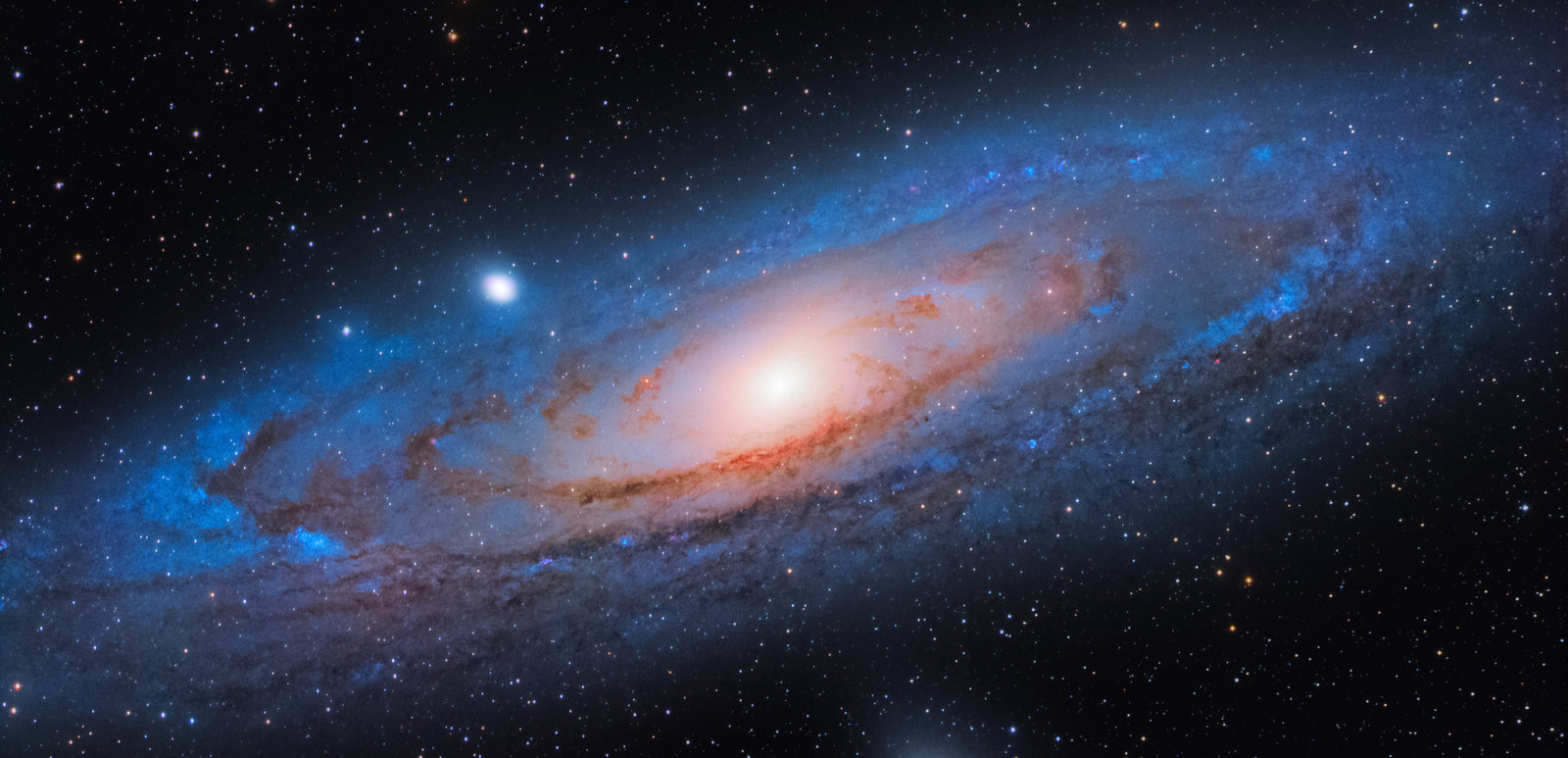Do I need to collimate a Schmidt-Cassegrain or other catadioptric telescope?
Yes, you will need to collimate a Schmidt-Cassegrain Telescope (SCT) and other types of catadioptrics. SCTs need to be collimated much less frequently than Newtonians, meaning you can spend less time doing maintenance and more time observing. Other catadioptric designs, such as the RASA, will require infrequent but precise collimation due to their fast focal ratios.
How Do I Know Which Catadioptric Telescope To Buy?
Generally speaking, we recommend that all beginners interested in the catadioptric design go with a Schmidt-Cassegrain Telescope (SCT) like the Celestron Nexstar series. These telescopes come with a go-to mount that can automatically point the telescope to an object you type into the hand controller, making it easy to find objects. A Maksutov Cassegrain can be a good choice for beginners who primarily wish to observe the planets and the moon.
If you're a more experienced observer or astrophotographer, a higher-quality SCT may be up your alley. For those who want extremely fast telescope with great optical performance for imaging, the Celestron RASA is hard to beat for the price. Lastly, the rare but powerful Maksutov Newtonian may be a good choice for imagers with a heavy-duty mount that want APO refractor performance for a fraction of the price.
Are Catadioptric Telescopes Good For Astrophotography?
Catadioptric telescopes are an excellent choice for astrophotography, but it depends on which kind of astrophotography you're trying to do. Maksutov-Cassegrains are great at planetary imaging, but make for poor deep sky imaging telescopes due to their long focal ratio. RASA telescopes are excellent for deep sky imaging, especially of wide field targets, but for that reason aren't a good match for planetary imaging.
Schmidt-Cassegrains are highly versatile and can image both planets and deep sky objects very well. For planetary imaging, consider adding a quality Barlow lens paired with a planetary camera to an SCT for best results. For deep sky imaging, SCTs can be rather slow at their native focal ratio around f/10. To improve this, you can use a focal reducer that's compatible with your SCT, which can bring the focal ratio down to f/6.3 or f/7. If that's not fast enough, some Celestron SCTs that say they are Fastar compatible can be outfitted with the Hyperstar system. This allows you to image at f/2 along with the other focal ratios all on the same telescope!
Lastly, Maksutov Newtonians offer superb visual and imaging performance of both deep sky objects and the planets that rival some APO triplet refractors. These telescopes are usually heavier, longer, and less versatile than most other telescopes like SCTs, but are still a great choice for deep sky astrophotography in particular.















